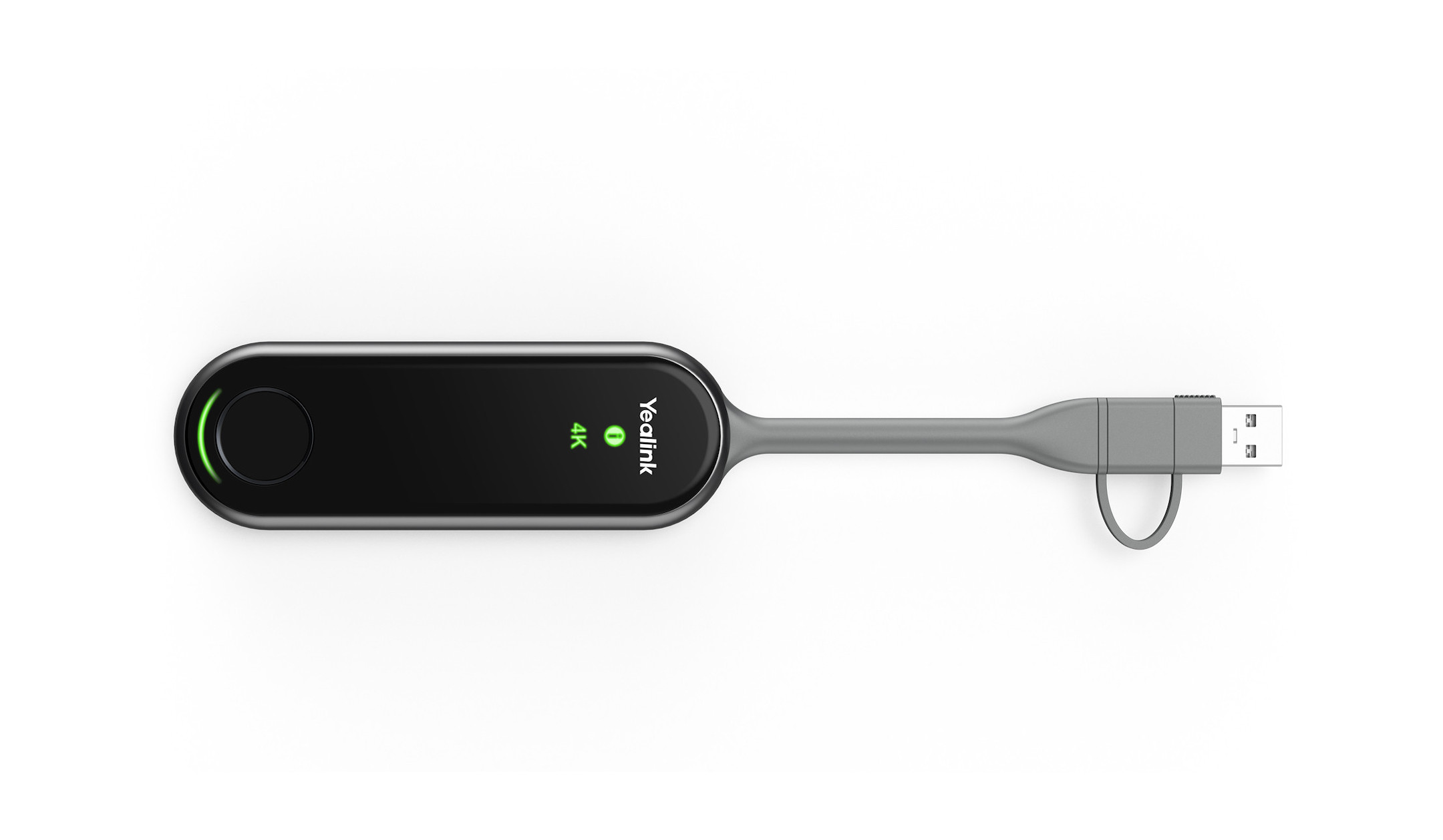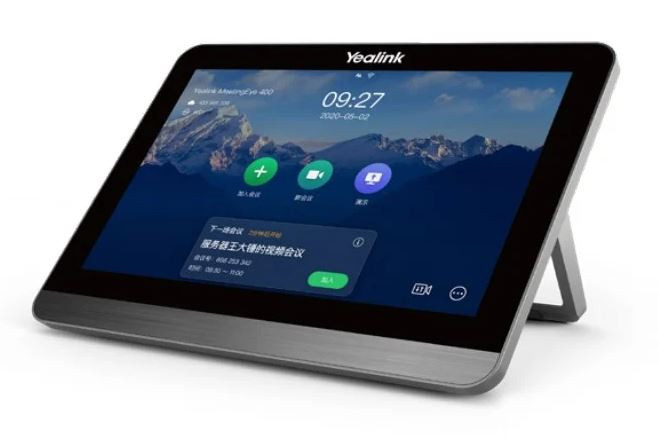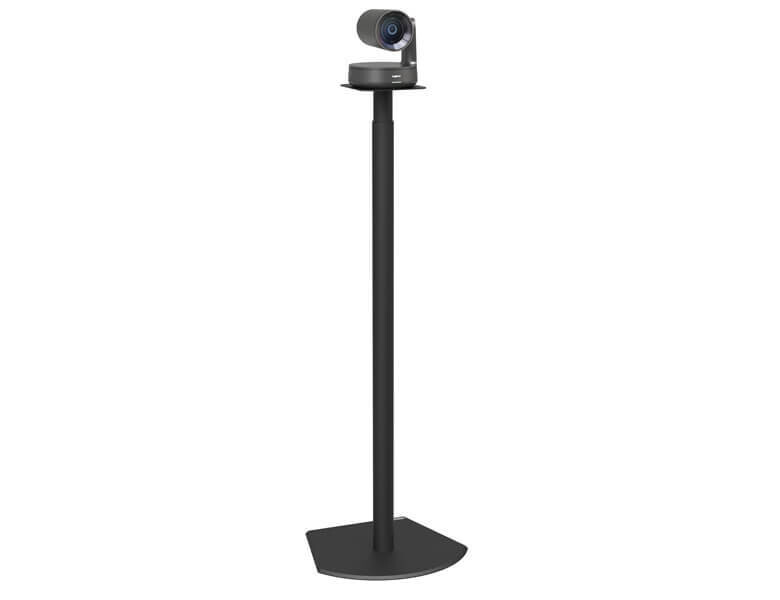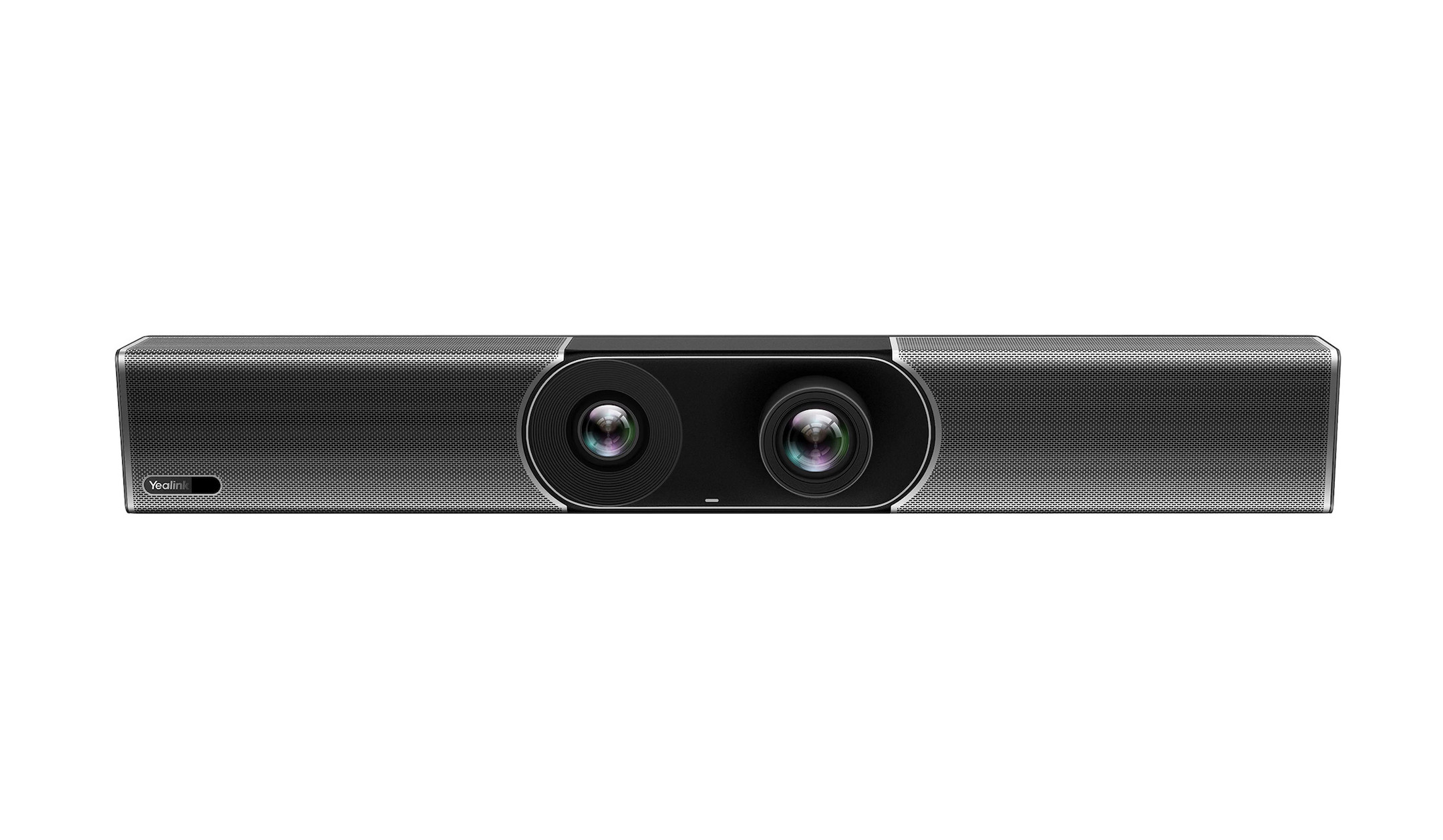















£1,656.00*
- Camera resolution 8 MP
- Field of view 120°
- Optical Zoom 3.5


Frequently purchased together
Product information
Yealink A30-010-Teams
The A30 is an all-in-one collaboration bar for Microsoft Teams. It is ideal for medium-sized conference rooms The A30 combines a computing unit, camera, microphones, speakers, Wi-Fi and Bluetooth. It has a dual 8MP camera with 120° wide angle and 8 MEMS microphones. AI features like Plug & Play, Auto Framing and Speaker Tracking round out the user experience.
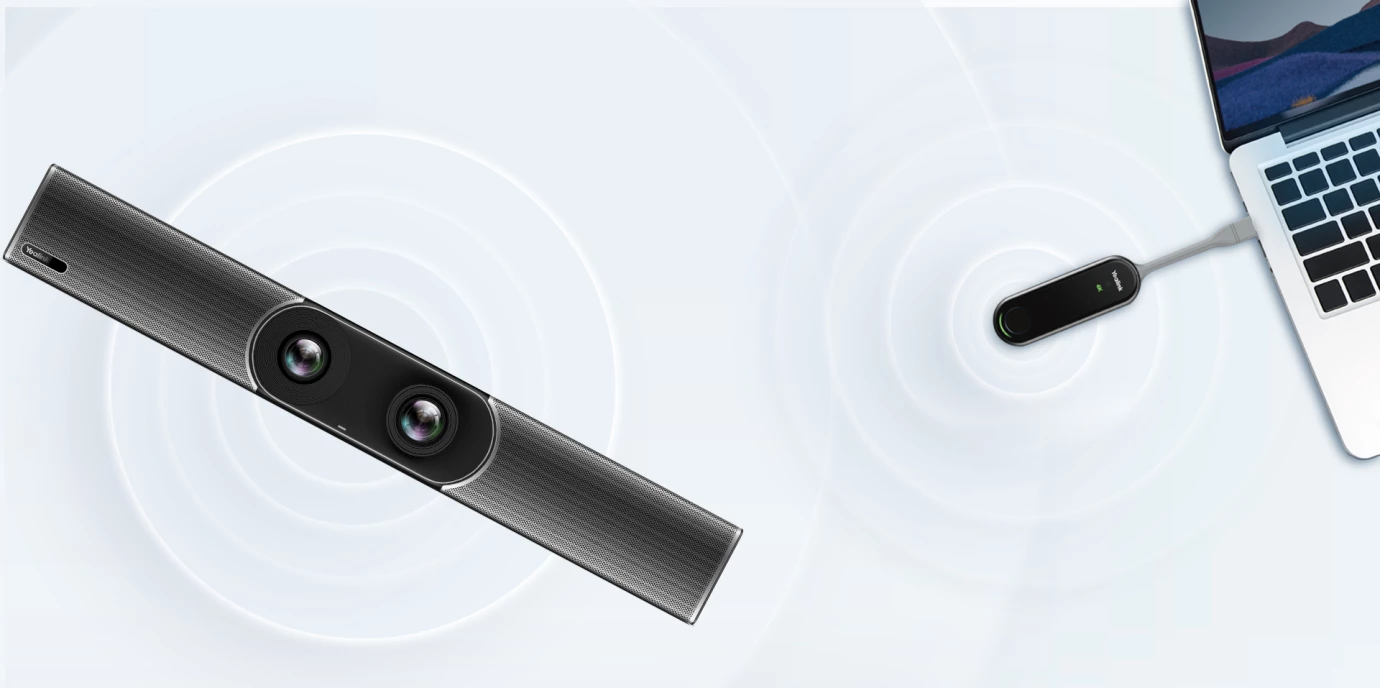
Highlights:
- Dual 8MP camera
- 120° wide angle
- 8 MEMS microphone
- Plug & Play
- Auto Framing
- Speaker Tracking
- Wi-Fi and Bluetooth
EASY TO SET UP A DEDICATED ROOM
The Yealink MeetingBar A30 is designed with simplicity in mind, integrating a camera, microphone and speakers into one all-in-one system. No PC or individual components are required, so setting up a dedicated small meeting room can be done via plug-and-play within minutes, significantly reducing deployment and management time. In addition, a connection can be made to a CTP18 touch panel to enhance meeting control.
A30 CAMERA ONLY DUAL CAMERA CAN
The MeetingBar A30 dual camera system is perfect for medium-sized rooms. It features an optical camera with 10x hybrid zoom and an 8-megapixel digital camera with a 120° field of view, providing a clear visual experience with depth that cannot be achieved with a single camera.
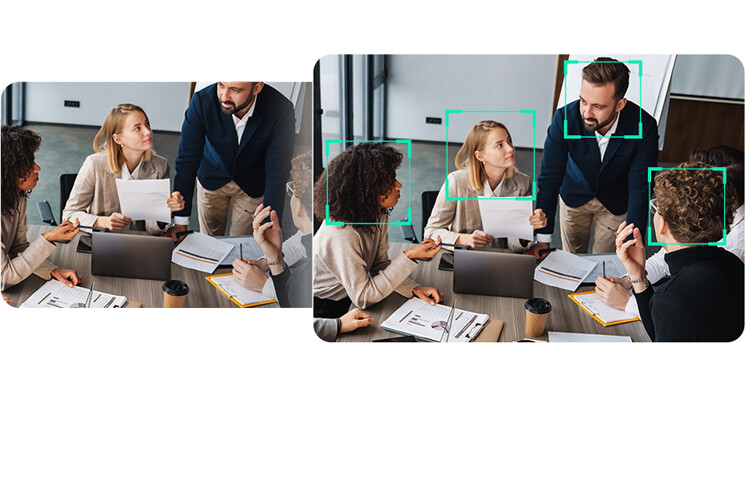
INCREDIBLE VOICE IN EVERY CORNER
The 8 MEMS microphone arrays and speakers built into the Yealink MeetingBar fully cover a medium-sized room up to 6 metres in length. As the MeetingBar is equipped with a powerful independent audio processing unit, you can enjoy a worry-free full-duplex voice experience with superior performance.
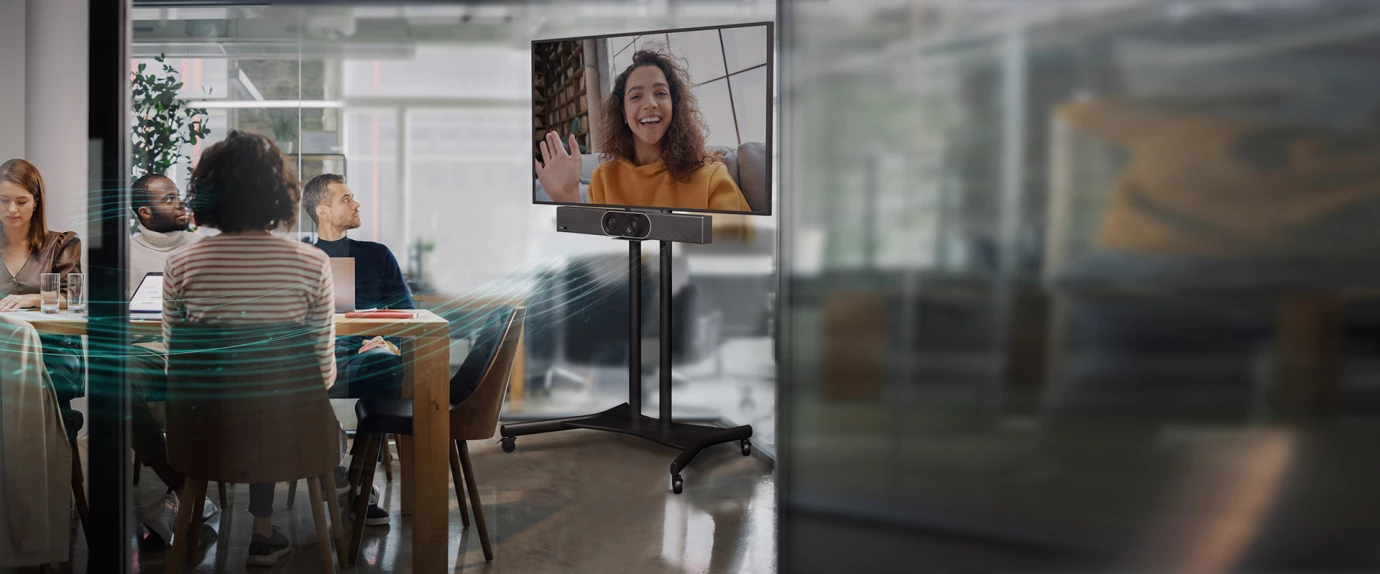
A STEP TOWARDS WIRELESS MEETING
The MeetingBar series offers a wireless meeting experience with the WPP30 presentation pod. Once connected, you are immediately ready for wireless content sharing and device mode without any configuration steps.
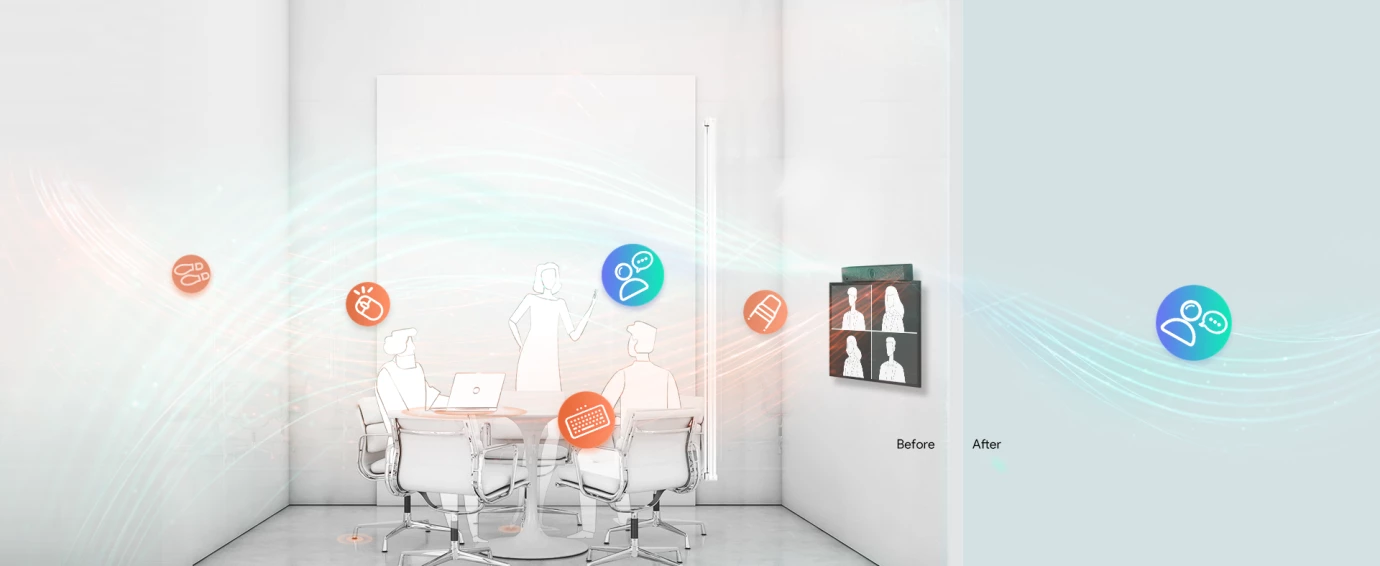
Technical data
| Name | Yealink A30-010 Conference Camera, 8 MP, 30 fps, 120° |
|---|---|
| Article number | 1000027567 |
| GTIN/EAN | 6938818314986 |
| Manufacturer SKU | 1206652 |
| Model name | A30-010 |
| Brand | Yealink |
| Product Type | Conference Camera |
| Frames per Second | 30 fps |
| Focus type | Manual & automatic focus |
| Digital Zoom | 3 |
| Optical Zoom | 3.5 |
| Lens Zoom | 10 |
| Camera resolution | 8 MP |
| Field of view | 120° |
| Inputs | 1x 3,5mm Jack , 1x Ethernet , 1x HDMI , 2x USB-A |
| Outputs | 1x 3,5mm Jack , 2x HDMI |
| Features | Microsoft Teams |
| Product width | 70 cm |
| Product height | 12.1 cm |
| Product depth | 9.8 cm |
| Weight | 0.8 kg |
| Colour | Black |
| Delivery contents | Ethernet cable , HDMI Cable , Power cable |
| Condition | New |
| Warranty | 24 Month |
| Warranty type | Bringin service Service and support information |
Downloads
Product safety
| Person responsible for the EU |
|---|
| ALSO Deutschland GmbH |
| Ernst-Heinkel-Str. 4 |
| 94315 Straubing |
| Germany |
| sales@yealink.com |




